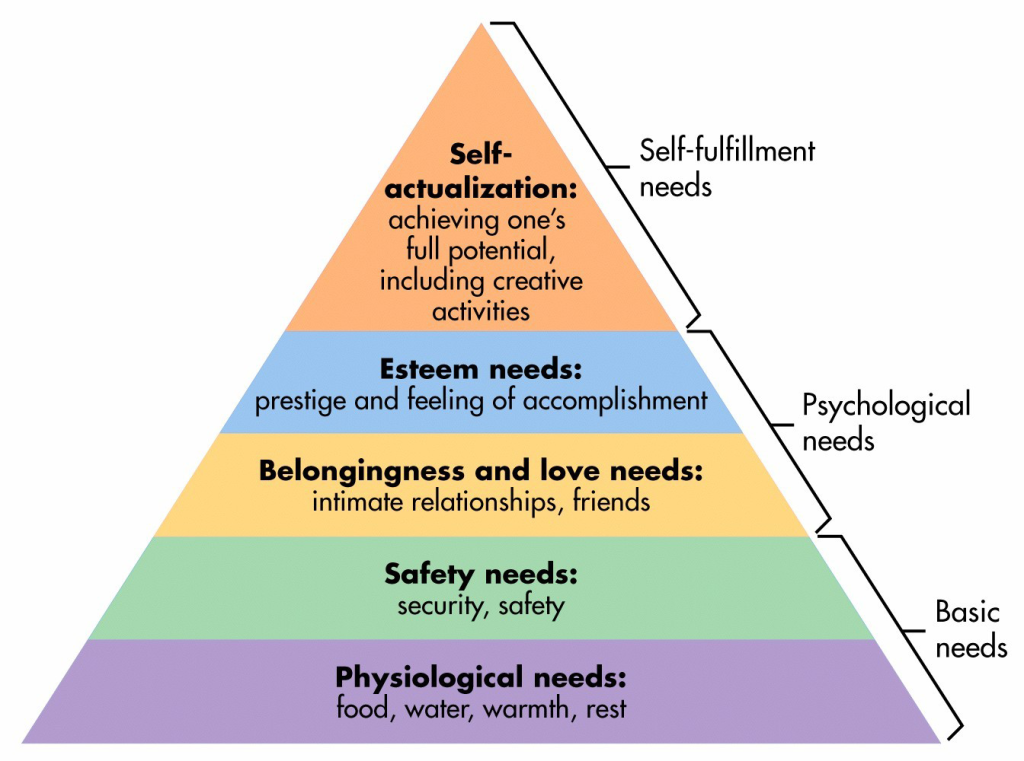
Are you struggling to hire quality employees? Has the shortage of employees struck you hard? This is not going to be alleviated anytime soon. COVID-19 accelerated numerous retirements, spurred entrepreneurship, or pursuit of other opportunities while people were furloughed, and with the challenges of finding daycare, many two income homes have found a way to survive on one income, while a stay-at-home parent develops a side hustle replacing a job. And we won’t even get started on the extra unemployment income (but do you really want those employees back anyway?).
For many businesses, the traditional methods of attracting talent will no longer suffice. Employees have options, and this is changing the employer/employee dynamics. Simply spending more money on advertising your open positions and raising wages and benefits and other incentives will not cut it.
As an employer, now is the time to carefully evaluate your workplace to be attractive to quality employees. Your ads that job seekers read are not the only marketing they take in. Rather, your reputation in the community as an employer now speaks louder than the words on your ad. If you are not managing that message, then former or disgruntled employees and gossipers are managing it for you.
This is where the safety culture of your business plays a critical role. Businesses that make firm commitments to ensuring employees work safely frequently fare far better at recruiting employees than businesses that treat it as a compliance issue. Consider your business from the perspective of an employee working on the shop floor. Do they or their co-workers get injured frequently? Do they go home with an aching back or sore joints? Do they raise safety concerns that do not get addressed? Are they asked to perform work they feel is unsafe, lack the proper tools, or get inadequate training? It is not enough to just imagine your employees saying they are fine. Go out on the shop floor and evaluate your safety culture very methodically, and you may find that the safety culture you think you see, and the culture in place or what employees perceive, may be very different. And your employees’ perspectives drive what they tell the community.
Maslow’s hierarchy of needs can help to focus efforts by ensuring that the foundations of basic need fulfillment are in place to support higher goals. Someone who does not feel safe and secure cannot focus on their self-development, for example. It is not until your employees feel safe that they will grow in their career and loyalty. If their base financial needs are met by their wages (food, shelter, etc.), all the incentives and raises you offer will not matter if they do not feel safe.

As you focus on safety milestones, communicate this with the community, as this is something your community wants to hear more about! And it will only help you fill your inbox with quality applicants if you have done the things to earn the reputation.
Brad Kramer is principal consultant for Provenio Consulting, a continuous improvement and safety consulting company in SE Minnesota.




